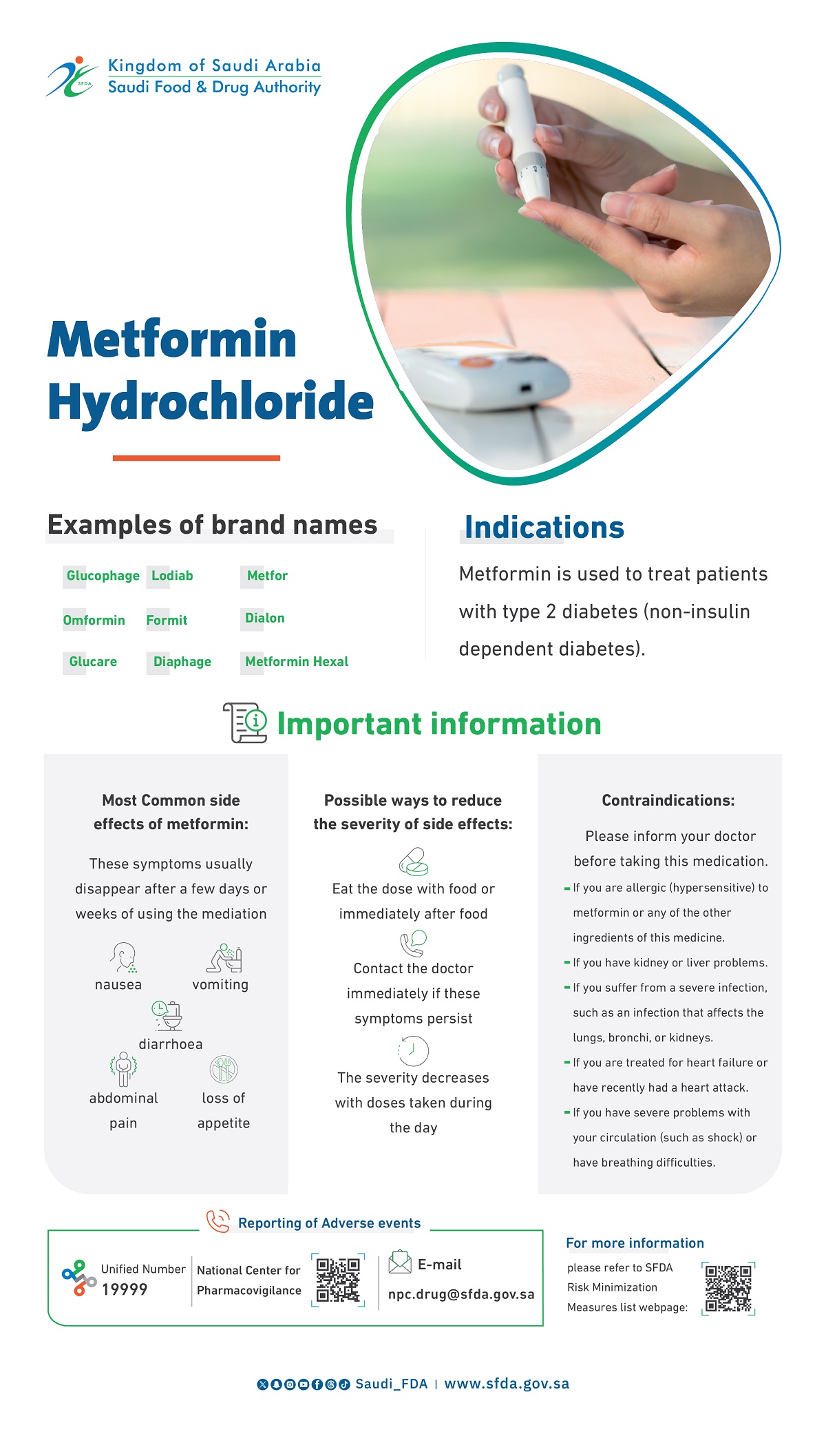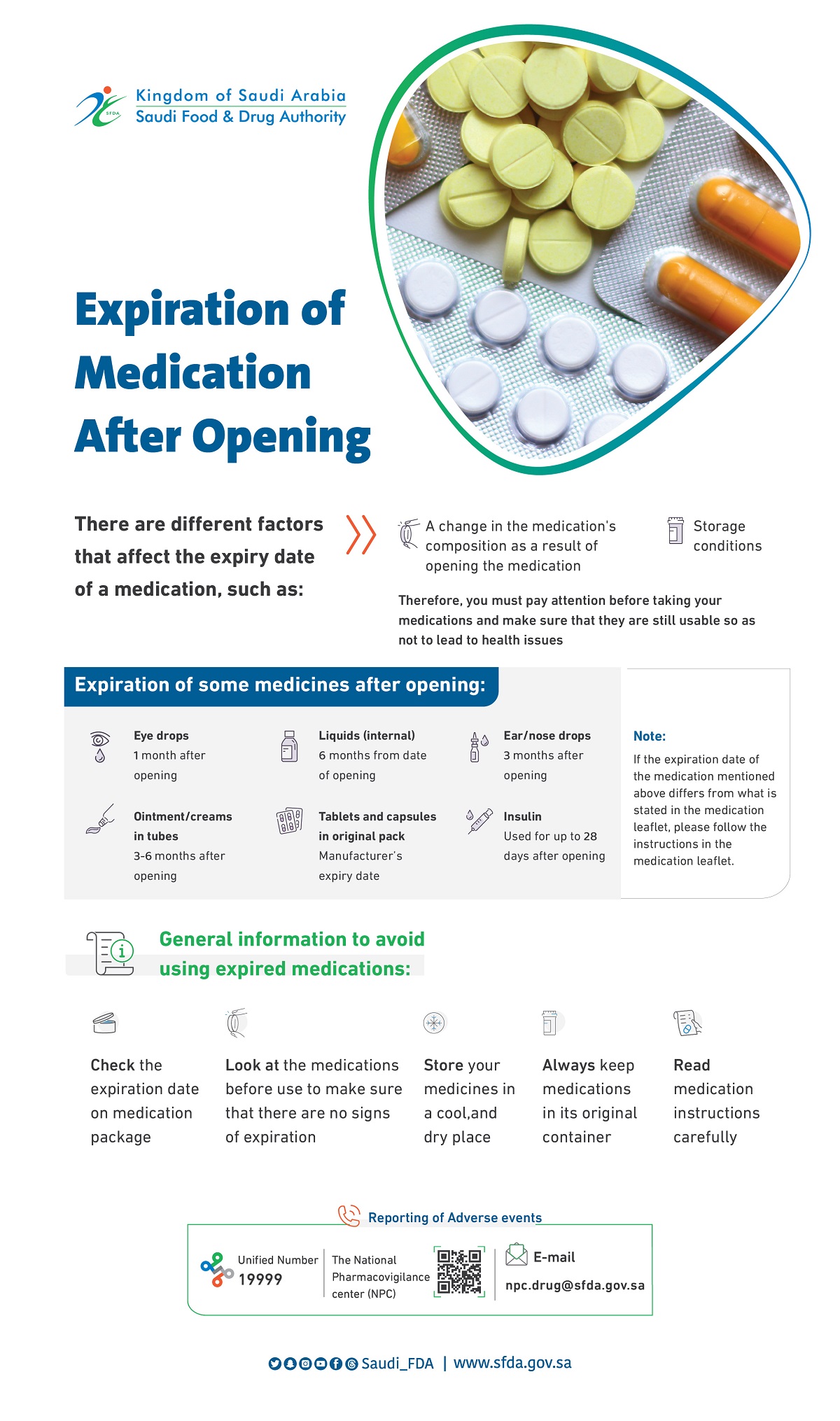

-
About SFDA
About SFDA
SFDA in vision 2030
Authority Strategy
Career and Life
- Information Lists
-
Areas
- Consumer Corner
- Media Centre
- Eservices
Effects of Intensive Glucose Lowering in Type 2 Diabetes
Effects of Intensive Glucose Lowering in Type 2 Diabetes
Effects of Intensive Glucose Lowering in Type 2 Diabetes
2008-06-11
Epidemiologic studies have shown a relationship between glycated hemoglobin levels and cardiovascular events in patients with type 2 diabetes. We investigated whether intensive therapy to target normal glycated hemoglobin levels would reduce cardiovascular events in patients with type 2 diabetes who had either established cardiovascular disease or additional cardiovascular risk factors.
In this randomized study, 10,251 patients (mean age, 62.2 years) with a median glycated hemoglobin level of 8.1% were assigned to receive intensive therapy (targeting a glycated hemoglobin level below 6.0%) or standard therapy (targeting a level from 7.0 to 7.9%). Of these patients, 38% were women, and 35% had had a previous cardiovascular event. The primary outcome was a composite of nonfatal myocardial infarction, nonfatal stroke, or death from cardiovascular causes. The finding of higher mortality in the intensive-therapy group led to a discontinuation of intensive therapy after a mean of 3.5 years of follow-up.
At 1 year, stable median glycated hemoglobin levels of 6.4% and 7.5% were achieved in the intensive-therapy group and the standard-therapy group, respectively. During follow-up, the primary outcome occurred in 352 patients in the intensive-therapy group, as compared with 371 in the standard-therapy group (hazard ratio, 0.90; 95% confidence interval [CI], 0.78 to 1.04; P=0.16). At the same time, 257 patients in the intensive-therapy group died, as compared with 203 patients in the standard-therapy group (hazard ratio, 1.22; 95% CI, 1.01 to 1.46; P=0.04). Hypoglycemia requiring assistance and weight gain of more than 10 kg were more frequent in the intensive-therapy group (P<0.001).
As compared with standard therapy, the use of intensive therapy to target normal glycated hemoglobin levels for 3.5 years increased mortality and did not significantly reduce major cardiovascular events. These findings identify a previously unrecognized harm of intensive glucose lowering in high-risk patients with type 2 diabetes.
Source: NEJM.org June 6, 2008 (10.1056/NEJMoa0802743)




